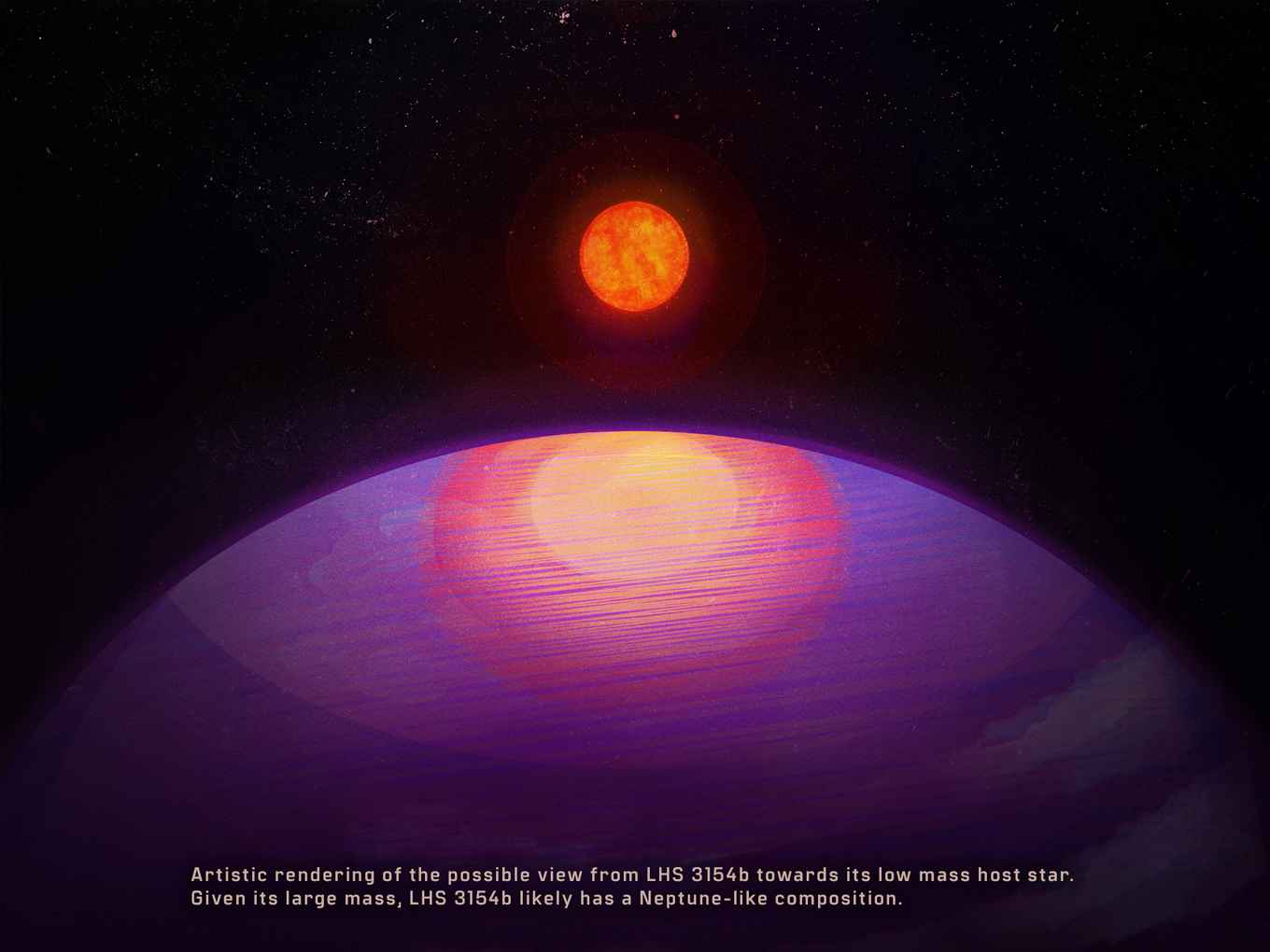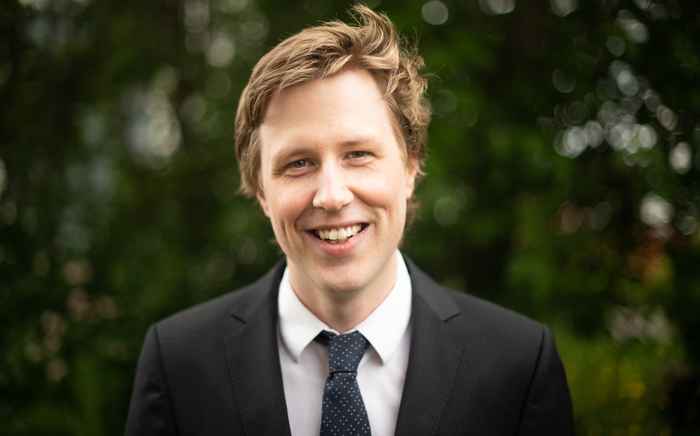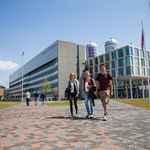The Exoplanet Revolution: Towards Detecting and Characterizing Habitable Worlds
- Date
- 13 September 2024
- Time
- 19:00 -20:00
- Location
- Science Park 904
- Room
- TBD (Gather inside the main building near the elevators)

Abstract
Since the discovery of the first planet outside our solar system in the early 1990s the field of exoplanet research has exploded. We now know of over 5,600 exoplanets, with every star in the night sky having, on average, at least one orbiting planet. Recent discoveries reveal that rocky planets are abundant around nearby low-mass stars, the most common type in our galaxy. Is it only a matter of time before we find Earth 2.0?

In this talk, we will explore the latest breakthroughs in exoplanet science. We will spotlight cutting-edge research conducted here at the University of Amsterdam, including recent results from specialized spectrographs like the Habitable-zone Planet Finder and NEID—whose main goal is to detect and characterize planets in the habitable-zone, the region around the star where liquid water could be sustained on the surface of the planet. Finally, we will look towards the future, and imagine the exciting scientific insights that future space-based missions and extremely large telescopes might be able to tell us about planets, life, and our place in the universe.
